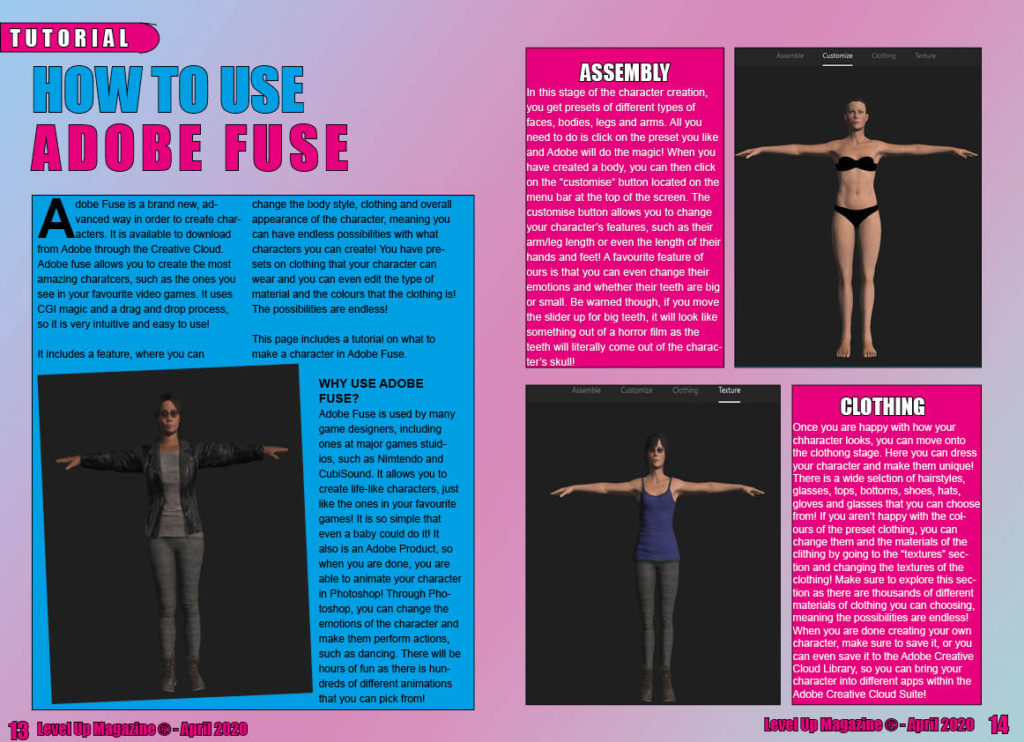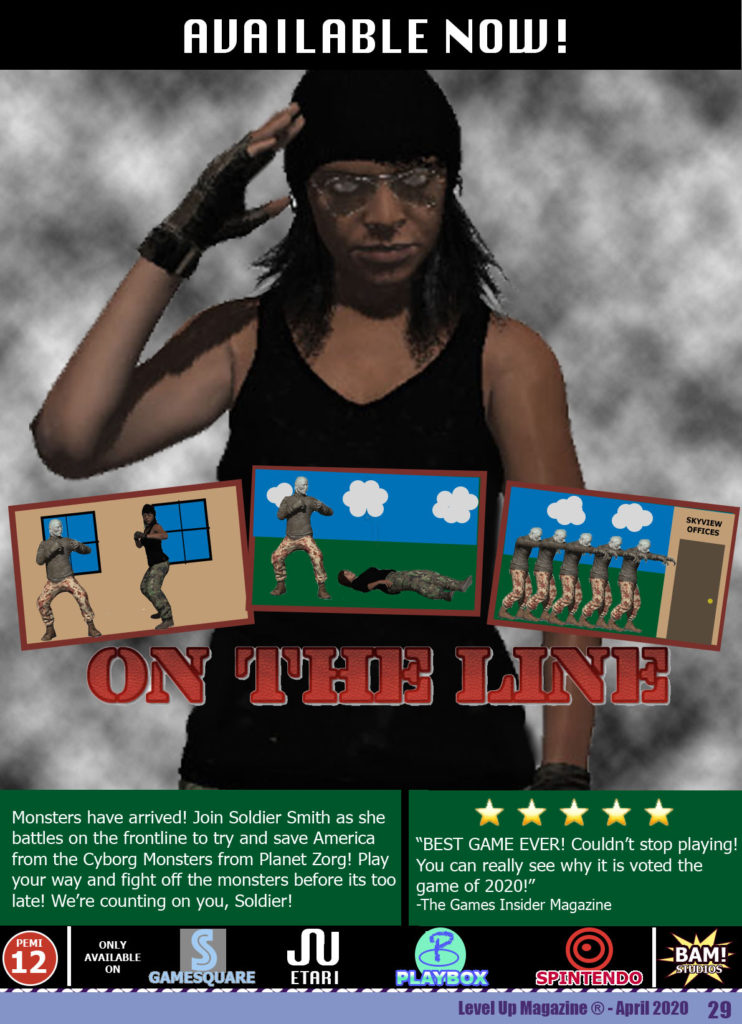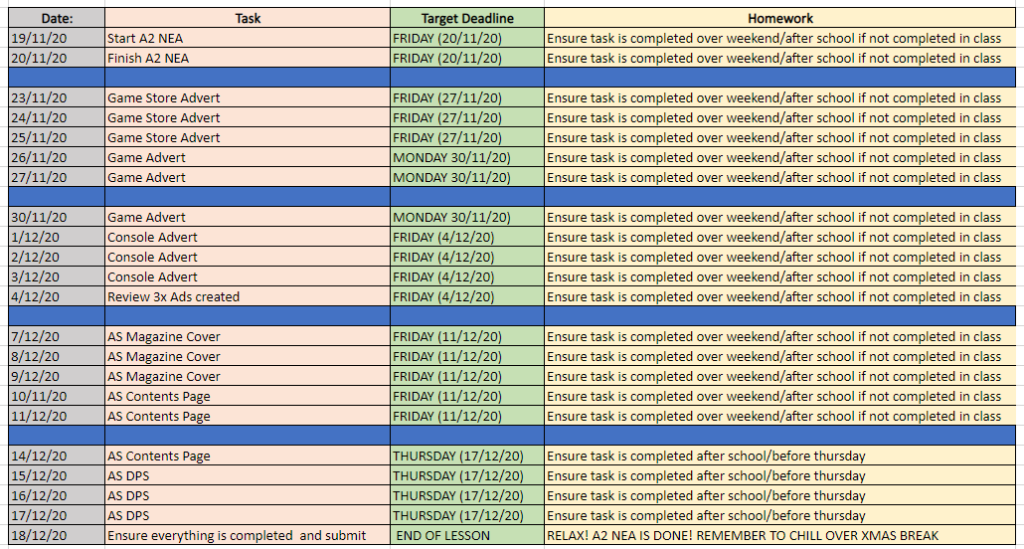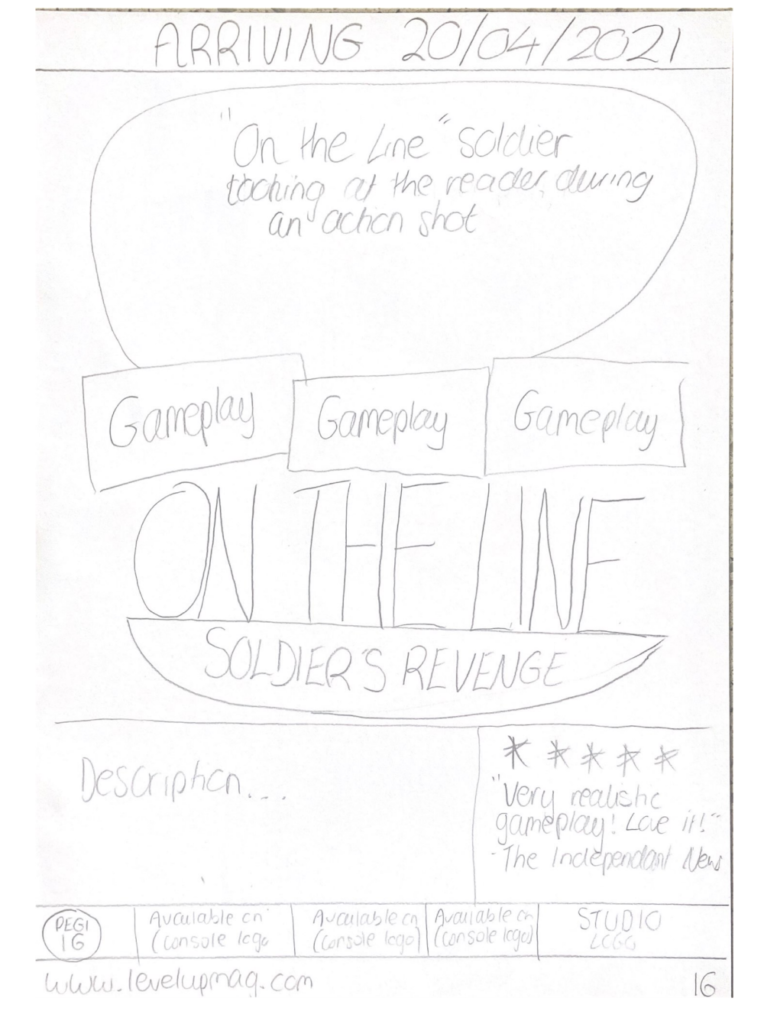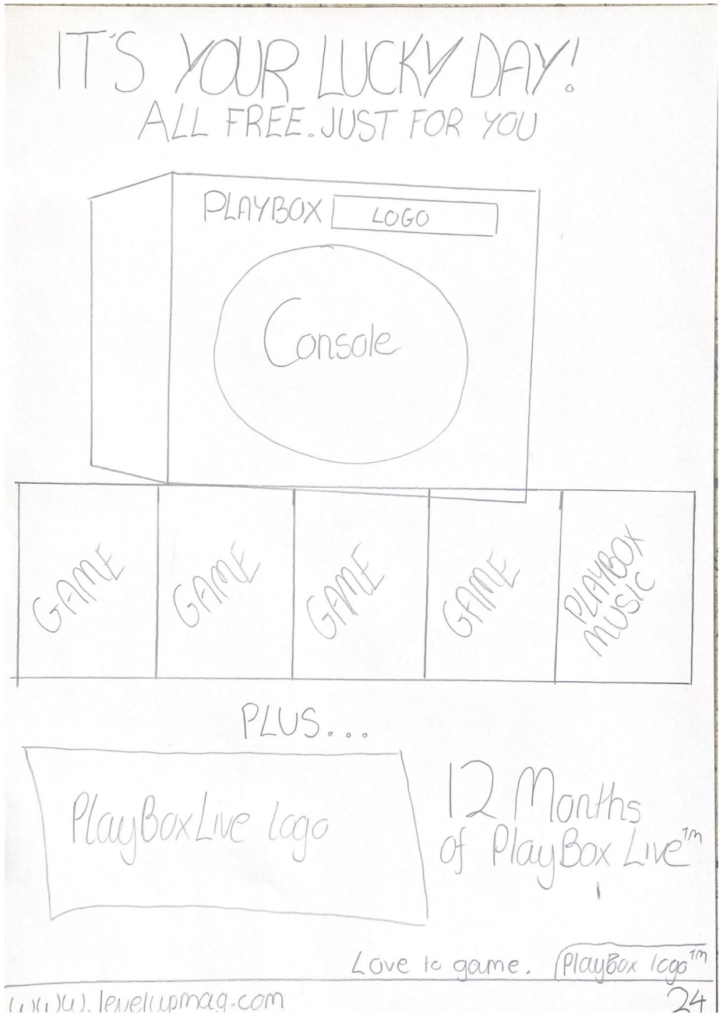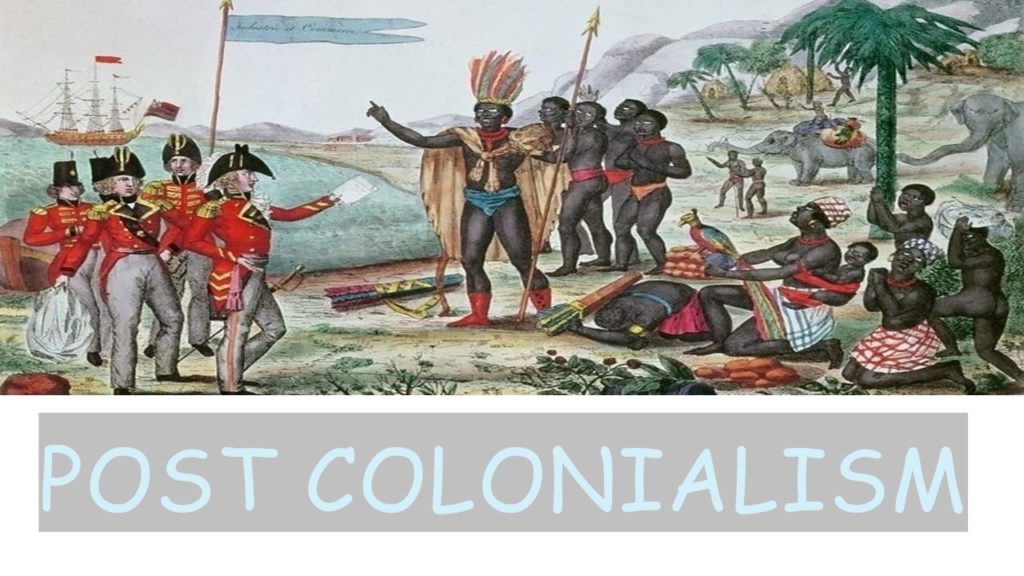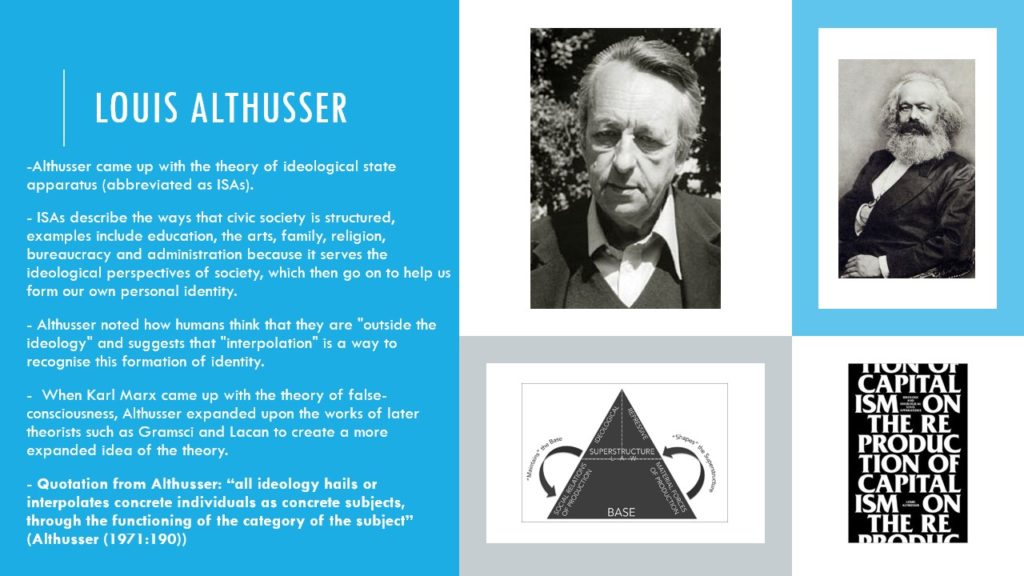Deutschland 83 and Capital
Capital:
Media Language:
– A complex mainstream television product in which the codes and conventions of crime drama are intertwined with aspects of social realism
Media representation:
– Capital provides a wide range of representational areas to explore; the family, place, nation, class, ethnicity, race and issues.
– Explore the Steve Neale’s representation theory
– It is within the hybrid genre – drama, social realism and
crime genres
– Representation of place – London and by implication, the nation
– Analysis of how the representations convey values, attitudes and beliefs about the world
Media Industries:
– Capital is a BBC programme
– It fulfils the demand of public service broadcasting
– It has a purpose to ‘inform, educate and entertain’ and could be seen as part of the need to represent different groups, nations and regions.
– Capital is a Kudos production for the BBC, an independent company which also produces
successful programmes for other broadcasters.
– Kudos specialises in TV series which can be sold or remade for the US market, making it
typical of contemporary media institutions which operate globally rather than nationally
Media Audiences:
– The production, distribution and circulation of Capital shows how audiences can be reached, both on a national and global scale, through different media technologies and platforms, moving from the national to transnational through broadcast and digital technologies
– Follows Gerbner’s cultivation theory
– Follows Hall’s reception theory
– The way in which different audience interpretations reflect social, cultural and historical circumstances is evident in the analysis of Capital which is explicitly linked to contemporary issues.
– The advertising campaigns (trailers, websites at home and abroad) for the series demonstrate how media producers target, attract and potentially construct audiences
Deutschland 83:
Narrative:
– How does the use of the narrative conventions of the spy thriller and crime drama – use of enigmas, binary oppositions, restricted and omniscient narration etc. – position the
audience?
– The narrative of Deutschland 83 has been controversial – particularly in Germany -through its use of binary oppositions to contrast East and West Germany
– The role of the hero and effect of audience alignment with Martin Rauch, a Stasi Officer
– The narrative of Deutschland 83 can be defined as postmodern in its self-reflexive style
– Narratology including Todorov
Genre:
– Conventions of the TV series and the way in which this form is used to appeal to
audiences
– Definition of the series as belonging to the spy thriller genre
– Conventions of the period drama and reasons for its popularity
– Analysing the use of specific genres to discuss wider issues in society
– Genre theory including Neale
Media Representations:
– Representation of national and regional identity (East and West Germany (Europe))
– Representation of gender: male hero and spy, the female ‘love interest’ etc., the way
characters signify wider issues in society.
– Analysis of how the representations convey values, attitudes and beliefs about the world –
both contemporary and past.
– Theories of representation including Hall
– Feminist theories including bell hooks and Van Zoonen (role of women)
Media Industries:
– It is a co-production of AMC Networks’ SundanceTV and RTL Television (German and
American), positioning it to exploit the national and global market.
– Bought by C4 in Britain as part of their ‘Walter presents…’
– Cultural industries including Hesmondhalgh
Media Audiences:
– The production, distribution and circulation of Deutschland 83 shows how audiences can be reached, both on a national and global scale, through different media technologies and platforms, moving from the national to transnational through broadcast and digital technologies.
– The way in which different audience interpretations reflect social, cultural and historical circumstances is evident in the analysis of the series which are explicitly linked to contemporary issues.
– The reception of the series in Germany, Europe and the US
– The advertising campaigns (trailers, websites at home and abroad) for the series demonstrate how media producers target, attract and potentially construct audiences.
– Cultivation theory including Gerbner
– Reception theory including Hall
Research
– Commercial media = organisation that makes or distributes products for economic gain. Media is usually made for entertainment purposes
– BBC creates a total revenue of £115 million = https://www.bbc.co.uk/annualreport/2014/executive/finances/commercial.html
– Kudos creates £5m in commercial interest rates = https://en.wikipedia.org/wiki/Kudos_(production_company)
– Horizontal Integration = BBC has horizontal integration with BBC News, BBC radio 1
– Endemol Shine Productions UK bought out and now own Kudos the production company
– Vertical integration = BBC has vertical integration with CBBC, BBC 1, BBC 2, BBC 3 and BBC news
– Media concentration/convergence = describes the reduction in the number of media organisations that produce products
– Media concentration/convergence = Kudos is owned by Endemol Shine Group UK, who are under the News Corp, who are then under Murdoch and his empire.




